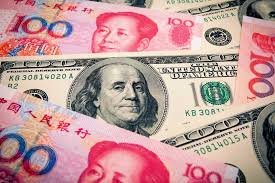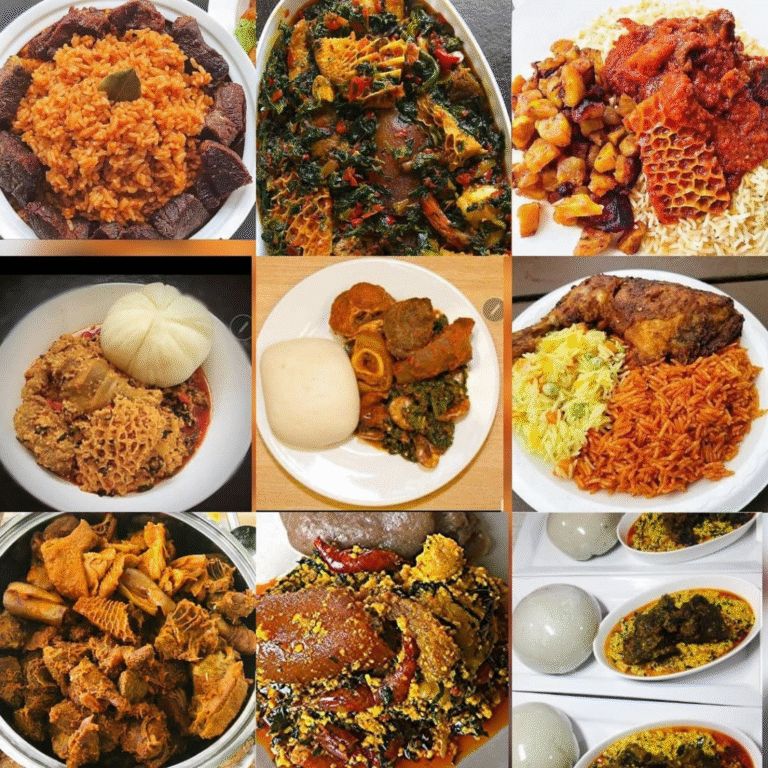China’s foreign exchange reserves reached their highest level in nearly a decade in September. This signals the country’s growing economic resilience amid global uncertainties, official data showed on Tuesday. The stability of Chinese foreign exchange reserves is a cornerstone of this resilience.
According to the State Administration of Foreign Exchange, the reserves rose for the second consecutive month to $3.3387 trillion. This was up 0.5 percent (or $16.5 billion) from August. This marks the highest level since November 2015, when reserves stood at $3.4383 trillion. The regulator attributed the steady growth to China’s stable economic fundamentals and high-quality development. These factors are expected to keep reserves generally stable in the coming months.
Growth attributed to asset appreciation and export strength
Guan Tao, global chief economist at BOCI China, said the increase reflects China’s improving ability to absorb external shocks. He noted that the rise was driven mainly by gains in global financial asset values. Meanwhile, the U.S. Federal Reserve’s September rate cut caused mild fluctuations in the dollar, influencing the valuation of non-dollar reserves, including those within China’s foreign exchange holdings.
Wen Bin, chief economist at China Minsheng Bank, added that robust exports and rising demand for renminbi-denominated financial assets also boosted reserves. He cited China’s diversified trading partners, optimized export structure, and progress in trade talks with the U.S. as key factors. These factors support cross-border capital stability, an essential component of maintaining Chinese foreign exchange reserves.
Despite global trade headwinds, China’s goods exports grew 7 percent year-on-year to $1.7 trillion in the first half of 2025. This generated a trade surplus of $456.7 billion, according to balance of payments data. Net foreign investment inflows into Chinese securities reached $37.3 billion during the same period. This surpassed the $26.6 billion recorded in all of 2024, with equities accounting for roughly three-quarters of total inflows, greatly contributing to the foreign exchange reserves of China.
Gold reserves continue upward trend
China’s official gold reserves climbed for the 11th straight month. They reached 74.06 million ounces at the end of September, up from 74.02 million ounces in August. The rise came as international gold prices surged to record highs. This was driven by expectations of continued U.S. rate cuts, concerns over policy independence at the Federal Reserve, and growing safe-haven demand amid fears of a U.S. government shutdown.
COMEX gold futures briefly hit a historic $4,000.1 per ounce during Tuesday’s trading session.
Wang Qing, chief macroeconomic analyst at Golden Credit Rating International, said the central bank’s steady gold purchases reflect its strategy to optimize reserve composition. This is because gold prices remain strong. Although September’s addition was the smallest since the central bank resumed gold buying in November 2024, gold now accounts for 7.7 percent of China’s total reserves. In comparison, the global average is about 15 percent.
Wang added that expanding gold holdings supports the internationalization of the renminbi while ensuring China’s foreign exchange reserves remain a strong buffer for maintaining exchange-rate stability, which is crucial for the country’s financial confidence.




















